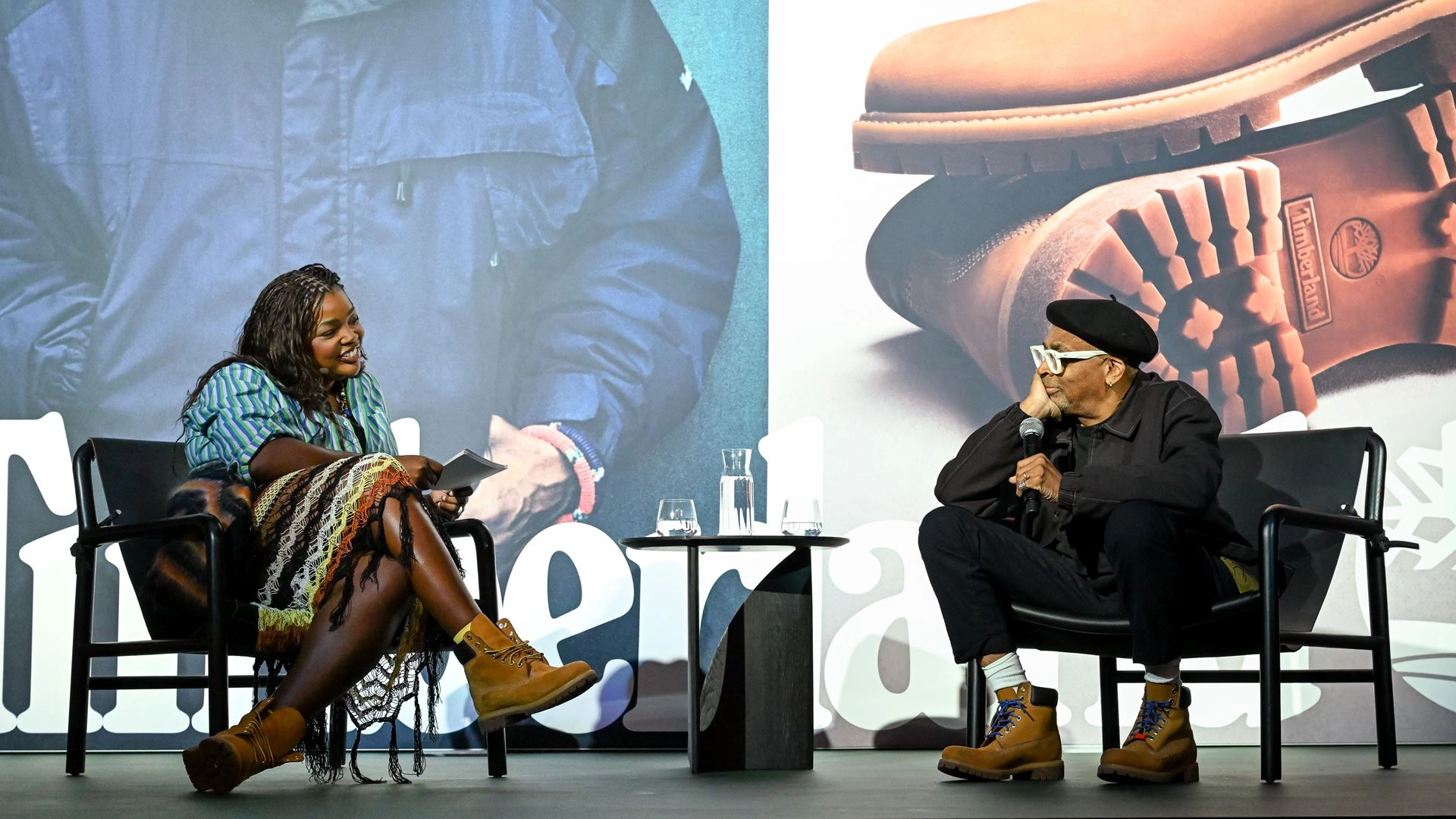The blend of rock and hip-hop in the 1980s was not only groundbreaking but also controversial. At the center of this seismic shift was producer Rick Rubin, who played a pivotal role in bringing together Aerosmith and Run-DMC for their iconic collaboration on “Walk This Way.” Despite the track’s now-legendary status, the journey to its creation was fraught with skepticism, particularly from Aerosmith’s guitarist Joe Perry, who wasn’t initially enthusiastic about the idea of sampling and reworking the song.
In various interviews, Rick Rubin has shared his perspective on the making of “Walk This Way” and the reluctance that existed on both sides. The original 1975 version of the song, written by Steven Tyler and Joe Perry, was a staple of Aerosmith’s repertoire, but it had long fallen out of mainstream consciousness by the mid-1980s. When Rubin suggested using the track as a foundation for a flow between the Boston rockers and the Queens-based rap trio, he encountered resistance, especially from Joe Perry. Sampling rock music, let alone reinterpreting a guitar-driven anthem like “Walk This Way,” wasn’t seen as musically credible by some members of Aerosmith.
Perry, a seasoned guitarist with a deep connection to classic rock’s roots, expressed concerns about how the reimagining would alter the integrity of the original track. For many rock musicians at the time, the concept of sampling or modifying existing music was viewed as a form of artistic infringement rather than innovation. Perry’s reservations reflected a broader sentiment in the rock community, where there was a palpable divide between traditional musicianship and the burgeoning hip-hop scene’s experimental use of beats and samples.
Rubin, however, saw the potential for something transformative. At the time, Run-DMC was already a force to be reckoned with in hip-hop, but they were looking for a sound that would resonate beyond their core audience. Rubin’s idea was to merge the energy and bravado of Run-DMC’s rap style with Aerosmith’s raw, unfiltered rock sound. The producer knew that by bringing these two seemingly disparate genres together, he could create a bridge that would appeal to both audiences and challenge preconceived notions about musical boundaries.
The initial recording sessions for “Walk This Way” were a testament to Rubin’s vision but also highlighted the tension between the two camps. Run-DMC’s Joseph “Rev Run” Simmons and Darryl “DMC” McDaniels were hesitant to cover what they viewed as a “white rock song,” and Aerosmith’s participation was met with skepticism from rock purists. Rick Rubin had to act as a mediator, convincing both sides of the artistic value in this collaboration.
One of the turning points in the production came when Joe Perry and Run-DMC began experimenting in the studio together. As they played around with different riffs and vocal patterns, Perry’s perception of the project began to shift. While he was initially wary of how his guitar work would be perceived within a hip-hop context, the creative exchange between him and the group led to a new appreciation for the blending of genres.
Rubin’s role as a producer wasn’t just technical; it was also about encouraging mutual respect and understanding between the artists. He viewed “Walk This Way” as a cultural dialogue, not just a commercial endeavor. His insistence on maintaining the core elements of both the rock and hip-hop versions of the song—keeping the signature guitar riff while allowing Run-DMC to deliver their verses in their authentic style—was crucial to the track’s success.
The resulting song, which featured Steven Tyler’s iconic vocals alongside Run-DMC’s hard-hitting rap verses, became an instant sensation. The music video, depicting a symbolic confrontation and eventual merging of the two genres, reinforced the song’s message: that rock and hip-hop could coexist and, more importantly, collab to create something entirely new.
“Walk This Way” not only revitalized Aerosmith’s career but also catapulted Run-DMC into mainstream success, marking a pivotal moment in music history. It broke down barriers, paving the way for future cross-genre collaborations and changing the perception of hip-hop as a genre that could stand on equal footing with rock.
Looking back, Rick Rubin acknowledges that the initial resistance from Joe Perry and other members of Aerosmith was a natural reaction to an idea that was ahead of its time. The guitarist’s initial discomfort with sampling and the hip-hop reinterpretation of his work reflected the broader tensions between traditional musicianship and the emerging hip-hop culture. However, as Perry later admitted, the collaboration was a learning experience that expanded his own understanding of music and creativity.
The success of “Walk This Way” ultimately validated Rubin’s vision and demonstrated the power of bringing together artists from different musical backgrounds. It wasn’t just a commercial hit; it was a cultural phenomenon that shattered the boundaries of what hip-hop and rock could achieve together. Rubin’s insight into the making of “Walk This Way” offers a fascinating glimpse into how a single track can alter the course of music history, turning skepticism into admiration and paving the way for generations of genre-blending collaborations to come.
No comments yet.








